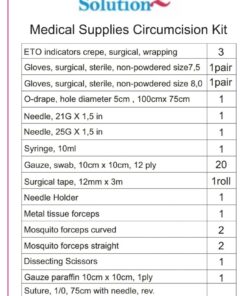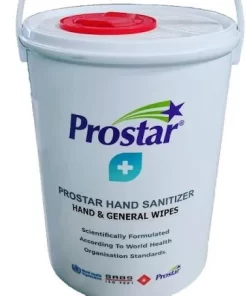lumbar dressing kit
R1,762.00 Ex VAT
Medical consumables are an essential part of any healthcare operation, and our company offers an extensive catalog of these critical supplies. Consumables, by definition, are products used in healthcare settings that are disposed of after a single use. This includes items such as gloves, syringes, bandages, and gauze, which are necessary for maintaining hygiene and preventing cross-contamination in medical environments. We provide a wide range of disposable gloves, including latex, nitrile, and vinyl options, catering to different preferences and allergy sensitivities. Similarly, our selection of syringes and needles spans various sizes and types, ensuring that healthcare providers have access to the appropriate tools for different treatments and procedures.
Our company, a trusted provider of comprehensive medical supplies, caters to the diverse needs of healthcare institutions, clinics, and medical professionals. We specialize in delivering an extensive range of high-quality products that enhance patient care, operational efficiency, and healthcare outcomes. From consumables that support daily medical procedures to cutting-edge equipment, we ensure that our clients are equipped with the best tools for success. Our commitment to quality and reliability sets us apart as a leading supplier in the medical industry, ensuring that every product we deliver meets stringent standards for safety and performance.
Related products
Circumcision
Circumcision
Circumcision
Circumcision
Circumcision
Circumcision
Circumcision
Circumcision











